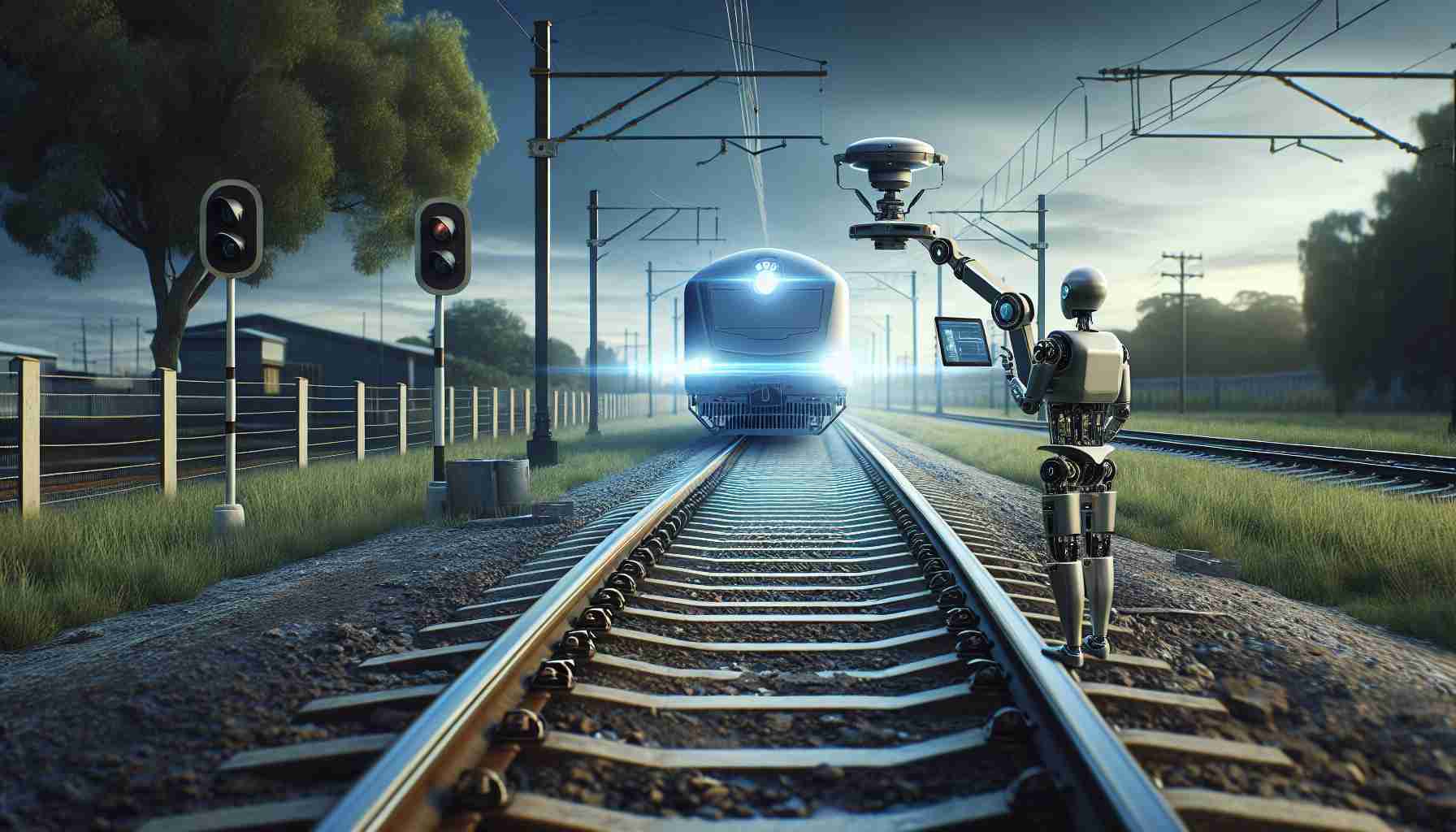Norfolk Southern Corporation, in collaboration with the Georgia Tech Research Institute (GTRI), has developed innovative digital train inspection portals that utilize advanced computer vision and artificial intelligence technology. These portals are capable of inspecting train pistons traveling at speeds of up to 60 miles per hour, detecting potential mechanical flaws.
The computer vision technology in the portals generates images of key components located at the front, rear, top, bottom, and sides of the train cars, providing a 360-degree view of the entire train. The images captured by the portals are analyzed within minutes of the train passing through, allowing for immediate identification of any detected issues.
Currently, there are twenty train inspection portals operational on nearby tracks in Leetonia, Ohio. The plan is to have twelve additional portals by the end of 2024. One of them is already under construction near Jackson, Georgia, south of Atlanta.
“Norfolk Southern is introducing digital train inspection portals to enhance railroad safety throughout the company’s 22-state system,” said Mabby Amouie, Chief Data Scientist at the company. “The portals are equipped with state-of-the-art inspection technology based on computer vision, developed in collaboration with GTRI, which designed the hardware, and Norfolk Southern’s artificial intelligence and mechanical team created the operation control algorithms.”
The portals utilize 38 high-resolution cameras, consisting of both area and linear cameras. These cameras capture the key elements of each passing train car. With the use of bright lights comparable to those used in sports stadiums, the cameras can take approximately a thousand photos of each moving train car.
“The ability to observe a train traveling at 60 miles per hour provides insight into flaws that would otherwise be difficult to detect,” said Gary McMurray, Director of Intelligent Sustainable Technologies at GTRI. “Observing the train in motion is crucial as components are under the most stress, and dynamic faults can be observed.”
To reduce the amount of data analyzed, each camera is directed at a specific area of the train and takes photos only when the components of interest are visible. “The fast cameras are strategically placed at appropriate angles to capture elements that may be difficult to spot with the naked eye during routine inspections,” added Amouie.
Sensors in each portal determine the speed of each passing train and use that information to precisely control the timing of the photo capture. This advanced inspection technology makes railway inspections more effective and significantly enhances passenger safety.
This article describes the innovative train inspection portals that utilize computer vision and artificial intelligence technology for digital train inspections. These portals are capable of inspecting pistons traveling at speeds of up to 60 miles per hour, detecting potential mechanical flaws.
The computer vision technology in the portals generates images of key components located on different parts of the train cars, providing a 360-degree view of the entire train. These images are analyzed within minutes of the train passing through, allowing for immediate identification of any detected issues.
Currently, there are twenty such portals operational on tracks in Ohio, and twelve additional portals are planned by 2024. Norfolk Southern is introducing these portals to enhance railroad safety throughout the company’s system.
The portals utilize 38 high-resolution cameras that capture key elements of each passing train car. These cameras use bright lights, similar to those used in sports stadiums, allowing for approximately a thousand photos of each moving train car.
To reduce the amount of data analyzed, each camera is directed at a specific area of the train and takes photos only when the components of interest are visible. Sensors in the portals determine the train speed and precisely control the timing of photo capture.
This technology greatly improves railway inspections and significantly increases passenger safety.
Definitions:
– Computer Vision: The application of computer techniques to analyze and interpret images for object recognition and identification.
– Artificial Intelligence: The field of computer science that deals with creating computer systems capable of performing tasks that require human knowledge and intelligence.
Suggested Related Links:
– Norfolk Southern Corporation
– Georgia Tech Research Institute (GTRI)
The source of the article is from the blog lanoticiadigital.com.ar
